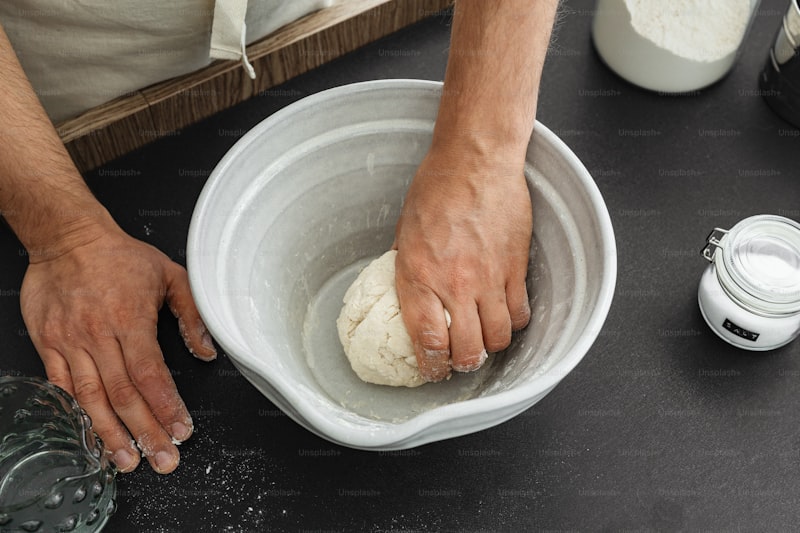Mastering Intricate Beading Techniques: A Comprehensive Guide
Discover the World of Intricate Beading Techniques
Beading is not just a craft; it's an art that has captivated many aspiring artisans around the globe. More than mere strings of beads, intricate beading techniques can transform simple designs into stunning masterpieces. In this article, we’ll explore various intricate beading techniques, their historical significance, and practical applications in jewelry making and decorative arts. Whether you’re a novice or an experienced beader, understanding these techniques will enhance your creativity and craftsmanship.
The Importance of Intricate Beading Techniques
Understanding intricate beading techniques is essential for anyone looking to elevate their skills. These techniques allow artists to create intricate patterns, impressive textures, and visually stunning designs. Here are some reasons why mastering these techniques is worthwhile:
- Creative Expression: Beading provides an exceptional medium for expressing creativity. Each technique opens new avenues for design.
- Skill Development: Learning intricate techniques enhances hand-eye coordination and fine motor skills.
- Market Value: Unique beaded items can command higher prices in the artisan market.
Types of Intricate Beading Techniques
There are numerous intricate beading techniques worth exploring. Each technique offers unique benefits and outcomes. Below, we will detail some popular methods:
| Technique | Description | Application |
| Embroidery Beading | Involves stitching beads onto fabric or other materials. | Fashion and textile design, home décor. |
| Bead Weaving | Uses a loom or needle and thread to weave beads together. | Jewelry making, decorative accessories. |
| Stringing | Simply threading beads onto a string or wire. | Necklaces, bracelets, and other jewelry pieces. |
| French Beading | A technique where wire is used to create floral designs with beads. | Floral arrangements, decorative items. |
| Off-Loom Weaving | A method of weaving beads without a loom, often using a needle. | Complex jewelry designs, miniatures. |
Getting Started with Beading
Before diving into intricate beading techniques, it's essential to gather your supplies. Here’s what you will typically need:
- Beads: Available in various materials, sizes, and colors.
- Thread or String: Choose according to the weight of the beads.
- Needles: Special beading needles are designed for threading beads.
- Tools: Scissors, pliers, and crimping tools for finishing touches.
Step-by-Step Guide to Mastering Intricate Beading Techniques
1. Choosing Your Technique
Decide which of the above techniques resonates the most with your creative vision. This decision will guide your material choices and design decisions.
2. Designing Your Project
Plan your design beforehand. Sketching it out can help visualize the layout and choose the appropriate colors and bead types.
3. Assembling Your Materials
Collect all necessary materials, ensuring you have extra beads on hand to accommodate mistakes or changes during the design process.
4. Practice Basic Stitches
If you opt for bead weaving or embroidery, practice your basic stitches. Familiarity with techniques such as the backstitch or brick stitch can significantly enhance your skill level.
5. Start Creating
Begin your project by following the steps outlined in your design. Patience is key; intricate designs take time and care.
6. Finishing Touches
Once the project is completed, carefully finish off the ends. Use appropriate knots or crimp beads depending on your technique to ensure durability.

Challenges in Intricate Beading Techniques
While beading can be rewarding, it also has its challenges. Here are some common issues beaders may face:
- Breaking Threads: Use high-quality threads that can withstand tension.
- Bead Slippage: Ensure your threads are tight enough to hold the beads securely in place.
- Color Coordination: Experiment with color palettes to enhance your designs.
Tips for Perfecting Your Skill
Here are several tips to help you perfect your intricate beading techniques:
- Practice Regularly: The more you practice, the better you will become. Try to set aside time each week to work on your projects.
- Join a Community: Engage with other beaders. Online forums or local craft clubs can offer valuable tips and motivation.
- Watch Tutorials: There are many online resources and tutorials available. Observing others can help you learn new tricks.
Conclusion
Intricate beading techniques not only provide a pathway for creativity but also a means of crafting beautiful, lasting items that reflect personal style. Whether creating jewelry, decorative pieces, or textile designs, mastering these techniques can enhance skills and marketability in the craft world. Remember to experiment, practice diligently, and seek advice from more experienced beaders. Soon, you'll find yourself creating stunning works that showcase your unique style. Embrace the journey of learning intricate beading techniques, and enjoy every bead along the way!